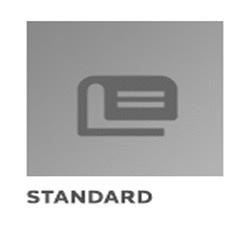Cart 0 Product Products (empty)
No products
To be determined Shipping
$0.00 Total
Product successfully added to your shopping cart
Quantity
Total
There are 0 items in your cart. There is 1 item in your cart.
Total products
Total shipping To be determined
Total
New Reduced price!  View larger
View larger
 View larger
View larger AWWA SRC57798
M00050624
New product
AWWA SRC57798 Prioritization of Contaminant Sources for Source Water Assessments in the Delaware and Schuylkill River Watersheds
Conference Proceeding by American Water Works Association, 01/19/2003
Sankarmanchi, N. Rao; Byun, Seung Ah; Maimone, Mark; Crockett, Christopher
In stock

